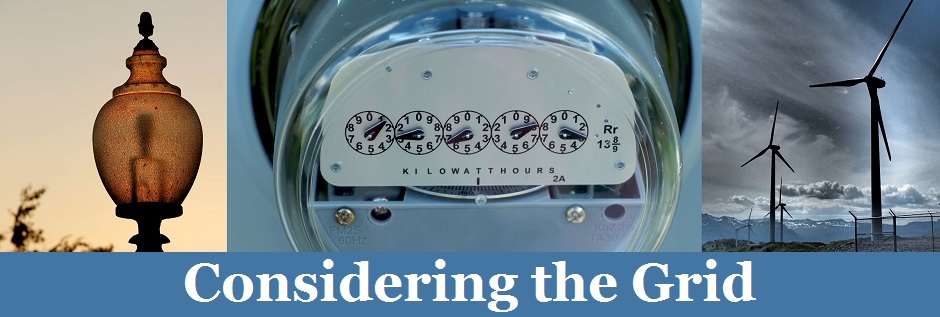Yesterday, the Trump Administration released its National Security Strategy of the United States of America. The document identifies four vital national interests: “Protect the American People, the Homeland, and the American Way of Life”; “Promote American Prosperity”; “Preserve Peace through Strength”; and “Advance American Influence.” The energy sector is addressed as part of “Promote American Prosperity,” and the National Security Strategy calls for an “Embrace of Energy Dominance.”
The energy-related section of this report defines energy dominance as “America’s central position in the global energy system as a leading producer, consumer, and innovator.” According to the National Security Strategy, energy dominance “ensures that markets are free,” “U.S. infrastructure is resilient and secure,” and “access to energy is diversified,” while also “recogniz[ing] the importance of environmental stewardship.” Coal, natural gas, petroleum, renewables, and nuclear are all part of the foundation for future growth envisioned in this report.
Unlike the last National Security Strategy issued by the Obama Administration, the Trump Administration’s strategy does not list climate change as a top strategic risk. However, it does state that “[c]limate policies will continue to shape the global energy system,” adding that “U.S. leadership is indispensable to countering an anti-growth energy agenda that is detrimental to U.S. economic and energy security interests.” It notes that the U.S. will remain a leader in reducing pollution, including greenhouse gases, but that the U.S. will do so through “innovation, technology breakthroughs, and energy efficiency gains, not from onerous regulation.”
The National Security Strategy goes on to outline five specific priority actions regarding energy:
- Reduce regulatory barriers;
- Promote exports of U.S. energy resources, technologies, and services;
- Ensure energy security, both by working with partners to protect against cyber and physical threats and by supporting the diversification of energy sources, supplies, and routes;
- Ensure universal access to affordable, reliable energy; and
- Improve the U.S.’s technological edge in energy, specifically nuclear technologies, battery storage, advance computing, carbon-capture technologies, and opportunities at the energy-water nexus.

